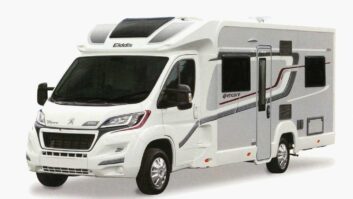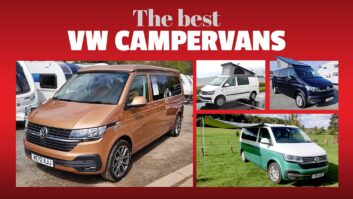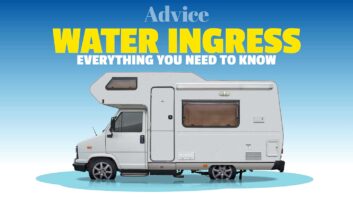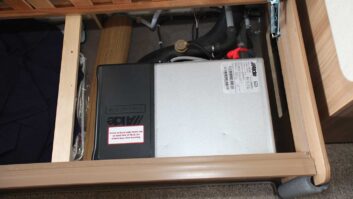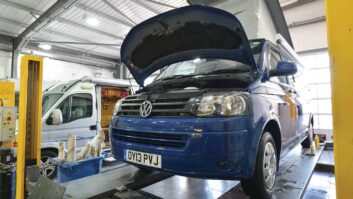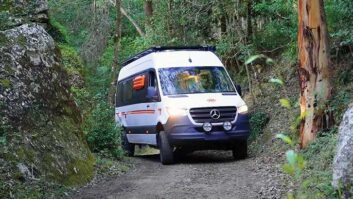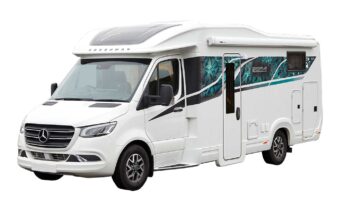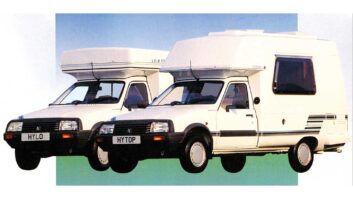The initial problem is simple – you’re a motorhome manufacturer, and you’re courting two separate dealers in the same area. From your point of view, the best outcome would see them both signing on to sell your products, because it’s a fairly reliable prediction that more outlets will lead to more sales.
From the dealer’s point of view, though, the best outcome is the direct opposite – he’d rather be the only source of your products for miles and miles around, because the greater catchment area and reduced competition will mean he’ll shift more of your units himself, even if the overall number of units sold is smaller as a result.
The motorhome industry – like the car industry before it – decided that the best way to square this circle would be to make a few slight visual alterations, slap a new badge on and call the product by some other name. By ‘badge-engineering’ in this way, two dealers in the same town could be carrying essentially the same products and yet still each claim to be the only source of brand X in the entire region.
Examples include Swift and Bessacarr (and, previously, Ace), Chausson and Challenger, Hymer and Eriba, CI and Roller-Team and so on. You have to wonder, though, whether this sort of thing works out happily in the end.
I should point out that I don’t really consider platform-sharing – most famously employed by VW with its Audi, Seat, Skoda and VW brands – to be exactly the same as bade-engineering. VW has been guilty of outright badge-engineering in the past, but like most of the automotive industry it learned – the hard way – that badge engineering only earns ridicule from consumers. These days car companies either use it sparingly, and with great differentiation between the models (e.g. VW) or they simply sell the same cars under different brands in different countries, depending on which brands have cachet locally (e.g. GM’s trio of Holden, Opel and Vauxhall).
Motorhome manufacturers soldier on with pretty blatant badge-engineering, though. They spend money – as Chausson did at the recent Düsseldorf show – replicating identical stands with different logos (badge-engineered stands, as it were), which seems like a waste, and ultimately dilutes the brand. Somehow Chaussons just seem less special when you know that they’re also available with purple decals as Challengers, and the same goes for Swift and Bessacarr and so on.
Perhaps customers are wising up, too; Auto-Trail attempted, around a year ago, to create a badge-engineered range of its wildly popular Excel low-profiles, called Conquest, but this fell flat and was quickly withdrawn. Also, once you’ve got this arrangement in place it becomes self-perpetuating, because dealers are – understandably – reluctant to rock the boat and shift from it.
Perhaps the gains to be had from the wider dealer network outweigh all this damage to brand identity, though. What are your thoughts?
